
Whether you’re a professional using these tools or a homeowner working with them, outdoor power equipment safety is a top priority. There are a handful of areas to focus on when working outdoors with your machines, including proper protective gear, operation, and maintenance of the tools. Our brief guide will walk you through all the basics you need to know to operate chainsaws, string trimmers, and masonry saws. If you’re looking for a more in-depth overview of outdoor power equipment safety, take a look at a safety video on our YouTube page.
PPE

Before you even pick up your outdoor power equipment, the first step is ensuring you have the correct personal protective equipment. You want to avoid loose clothing or other hanging items that can get caught in moving parts. Focus on boots that apply to the weather outside and provide good traction. Chaps are important when working with chainsaws as they’ll help prevent severe injuries if the chain comes in contact with your lower limbs. Gloves will give you added grip on the piece of equipment. Lastly, ensure you take care of the head area with safety glasses to protect your eyes, hearing protection to block out the loud noise of the machine, and a hard hat and face shield for falling debris.
- Sturdy, Snug-Fitting Clothing
- Proper Footwear
- Chaps
- Cut-Level Rated Work Gloves
- Safety Glasses or Goggles
- Hard Hat
- Hearing Protection
- Faceshield or Screen
Chainsaw Safety
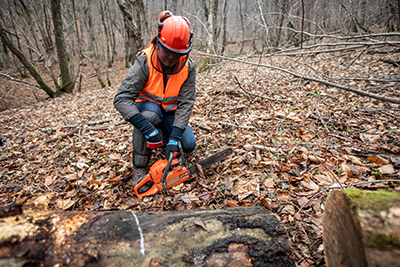
The biggest wealth of information on the proper operation of any piece of equipment is the owner’s manual. Before operating equipment, be sure to read through the manual thoroughly and review the proper operating procedure. Your owner’s manual will also cover the maintenance of the tool.
Starting the Chainsaw
When starting a chainsaw, you might want to do it in a way you’ve seen in movies or on TV, but that method should be avoided. Commonly called a drop start, holding the saw in one hand and pulling the starter handle with the other is dangerous and gives you less control over the tool. A much safer method is the three-point start.
- Begin by putting the saw in the choke position
- Engage the blade brake
- Place the saw on the ground
- Put your foot in the rear handle
- Place off-hand on the handle
- Pull to start the saw
Chainsaw Maintenance
Checking the tension of the chain on a saw is very important. If the chain is too tight, it can damage the drive sprocket and won’t bite into the wood. On the other hand, a too loose chain can slip off the bar and whip back towards you, causing possible injury. To check the tension of the saw, pull up on the chain; there should be a slight gap, and the chain should snap back into place when you let go.
Also, be sure to check the air filter while working outdoors to ensure it’s clear of any debris that may have worked its way inside the machine.
Other OPE Safety
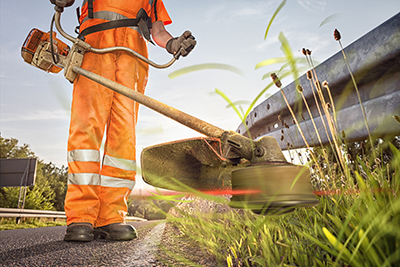
Using other outdoor power equipment requires similar safety principles, but there are a handful of differences. The personal protective equipment required is almost the same, but the operation of the tools is where the difference lies. String trimmers should be used with good footing and footwear to prevent falls. A gas-operated trimmer usually has a harness that should be adjusted based on your height.
When using a concrete saw, be sure to wear hearing and eye protection, a hard hat, and a face shield if available. While operating, focus on the RPM of the blade. The RPM rating of the saw should match that of the blade to prevent equipment damage or personal injury.
Fuel Mixture
Quality fuel is one of the key components to upkeep your outdoor power equipment and ensure safety while using the machines. Many fuels contain ethanol these days, and it tends to separate while sitting in the tank if stored. Some manufacturers sell a fuel/oil mixture that doesn’t separate that can help prevent the ethanol separation issue.

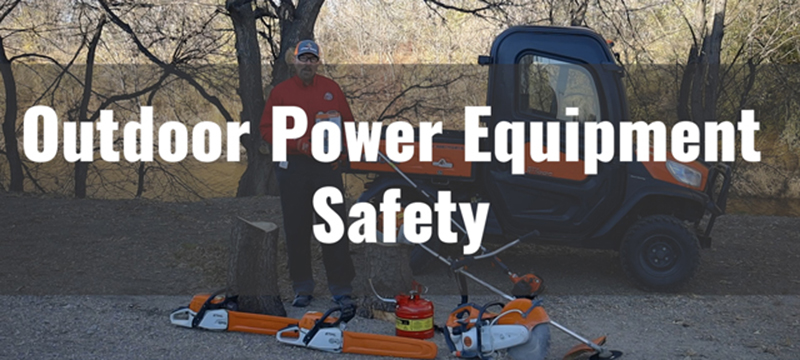
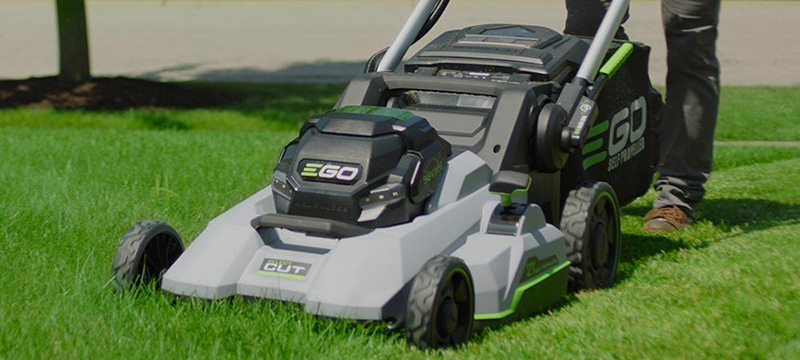
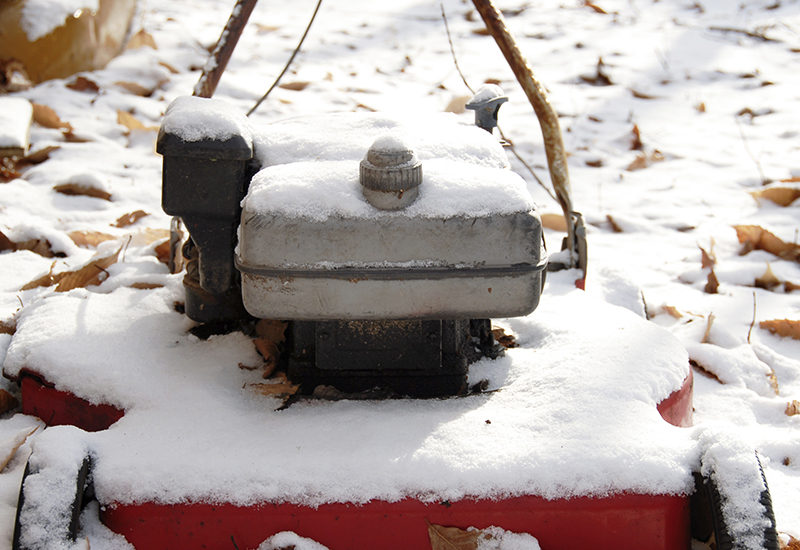
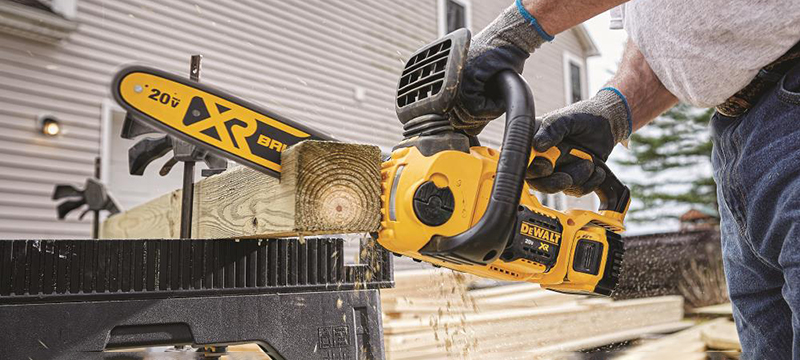
2 Comments
Victoria Addington
January 26, 2022 at 11:42 pmYou made a good point mentioning that quality fuel is one of the best components to take care of your outdoor power equipment and assure safety while using them. I think power equipment is a must-have but it should be partnered with the protective equipment as well. This got me thinking of looking for a power equipment provider near my place that’s can also provide tips to protect myself when using them.
Eli Richardson
February 2, 2023 at 3:47 pmIt’s very careful to know how we’d make sure we’ll be safe when handling any outdoor power equipment. Recently, my cousin mentioned he wants to buy equipment to keep his trees in good shape, so I think he’d be glad to read your insight about PPE. I appreciate your advice on using personal protective equipment when working with outdoor tools.